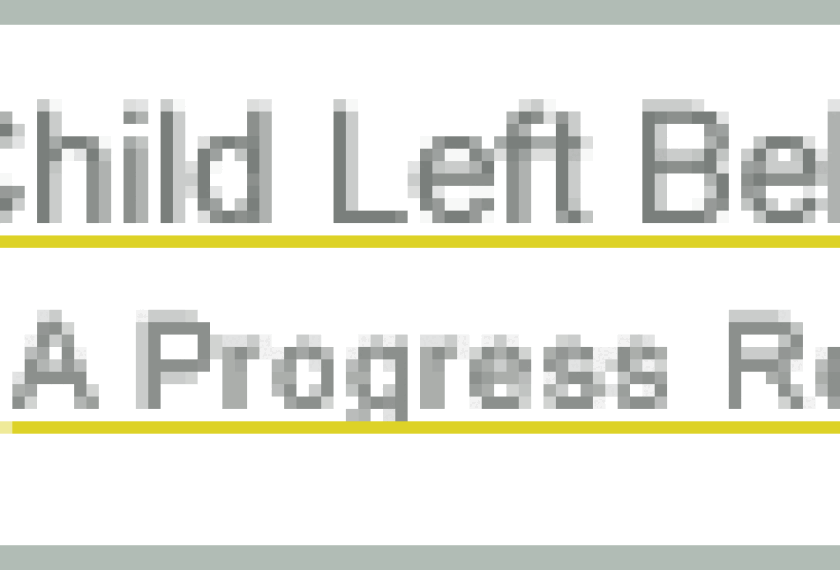NCLB
Taking Root
December 13, 2006
Despite ongoing complaints, the federal No Child Left Behind Act has become implanted in the culture of America’s public education system, according to data collected by Education Week's Research Center.
The contents of our annual progress reports on the states' implementation of the federal law are listed below.
- Federal Framing the DebateThe No Child Left Behind Act is slated to be reauthorized in 2007, and both President Bush and the leaders of the incoming Democratic-controlled Congress have signaled their interest in keeping renewal of the law on schedule.Federal Room to ManeuverSince U.S. Secretary of Education Margaret Spellings announced last April that she would take a “common sense” approach to carrying out the No Child Left Behind Act, educators have been watching closely to see whether she keeps that promise.Federal ‘Qualified’ Teachers: A Victory on Paper?When the deadline for outfitting every public school classroom with a “highly qualified” teacher rolls around at the end of the 2005-06 school year, many states are likely to claim they’ve met it. But the larger question is whether anything will be much different from three years ago. Includes two maps and a chart.Federal Taking RootOn virtually every indicator tracked in a survey of state education departments by Education Week's Research Center, the number of states meeting the No Child Left Behind Act’s requirements in the 2004-05 school year has inched up from last year, although far more remains to be done. Includes charts and tables.Standards & Accountability Report Cards Provide More, or Less, DataWith the exception of Pennsylvania, all states and the District of Columbia currently go beyond the NCLB requirement and provide report cards for every school, whether or not they are in a Title I district, the Education Week Research Center found. Includes a chart, public accountability.Federal In ESEA Wake, School Data Flowing ForthNearly two years after its passage, the No Child Left Behind Act has produced one unambiguous result: an avalanche of data on the performance of public schools in the United States. But a survey of the 50 states and the District of Columbia by Education Week found less movement on other fronts.

